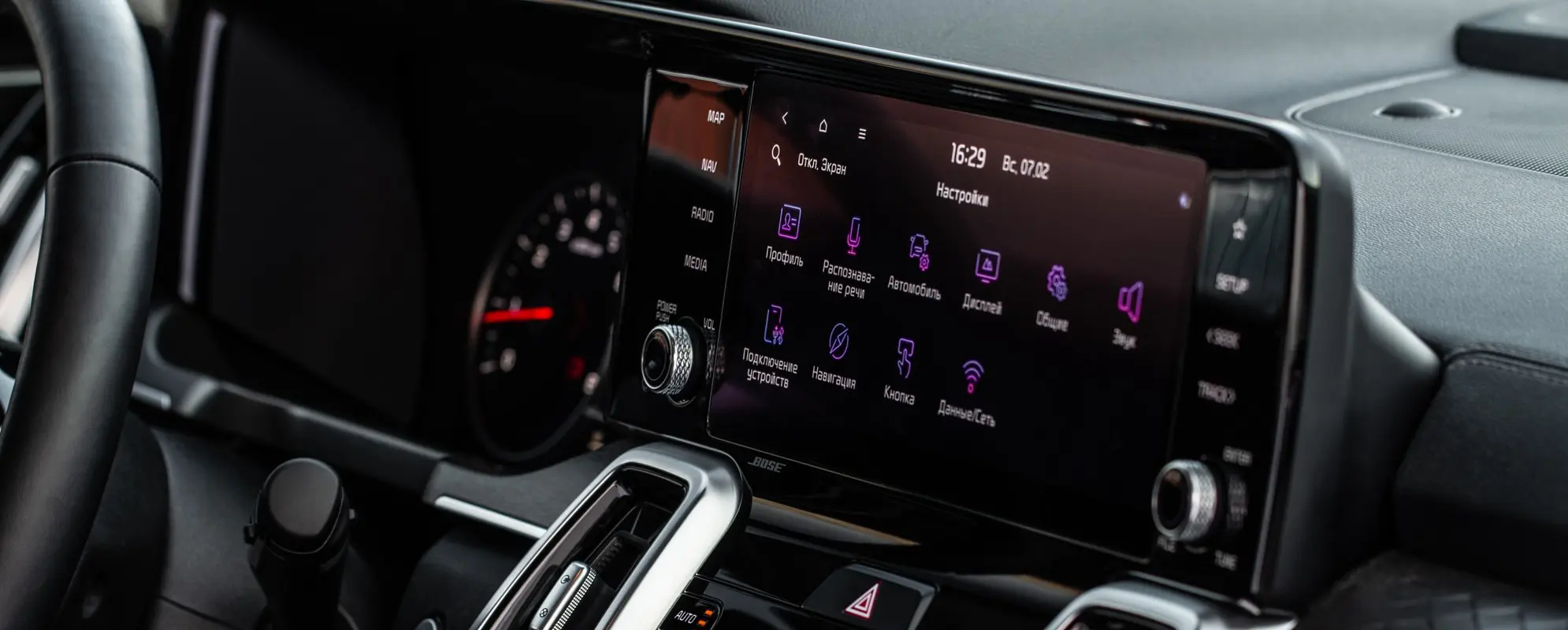In today’s rapidly advancing automotive landscape, cockpit electronics are undergoing a transformative shift driven by two key factors: the rise of vision systems and the increasing demand for an intuitive and immersive user experience. As vehicles become more connected, autonomous, and intelligent, the role of cockpit electronics is evolving from basic infotainment to an advanced human-machine interface that enhances safety, convenience, and driving pleasure.
The Rise of Vision Systems in Cockpit Electronics
Vision systems, powered by cameras and AI, are becoming an integral part of modern vehicles. These systems provide real-time visual intelligence, enabling enhanced driver assistance and automation. Key advancements in this space include:
Driver Monitoring Systems (DMS)
- DMS leverages in-cabin cameras and AI algorithms to track driver attentiveness, fatigue, and distraction levels.
- Alerts and interventions help prevent accidents caused by drowsy or distracted driving.
- Regulatory bodies worldwide are pushing for mandatory DMS adoption in new vehicles, making it a crucial safety feature.
Surround-View and Augmented Reality (AR) Displays
- Vision-based surround-view systems offer a 360-degree perspective, assisting in parking and maneuvering in tight spaces.
- AR-based head-up displays (HUDs) overlay crucial driving data onto the windshield, reducing the need for drivers to take their eyes off the road.
Passenger and Cabin Monitoring
- AI-powered cabin cameras detect the presence of passengers, enhancing safety features such as seatbelt reminders and child presence detection.
- Personalized climate control and in-cabin entertainment can be adjusted based on passenger recognition.
The Growing Emphasis on User Experience (UX)
Beyond safety and automation, modern vehicles are evolving into personalized digital spaces. Consumers expect seamless integration of their digital lifestyles into their vehicles, which is reshaping cockpit electronics in several ways:
Seamless Connectivity and Personalization
- CarPlay & Android Auto:sers demand smartphone-like experiences in their vehicles, leading to the widespread adoption of wireless smartphone integration.
- AI-Powered Assistants: Voice-enabled virtual assistants powered by AI are becoming a staple in modern cockpits, allowing hands-free control over navigation, media, and vehicle functions.
- User Profiles: Personalization features enable vehicles to automatically adjust seating, ambient lighting, and infotainment preferences based on the driver's profile.
Advanced Displays and Haptic Feedback
- Larger, High-Resolution Touchscreens: The shift from traditional buttons to expansive touchscreen interfaces is redefining vehicle interiors.
- Haptic Feedback: Tactile responses from touch interfaces enhance usability while maintaining a driver’s focus on the road.
- Multi-Screen Interfaces: Some vehicles are integrating separate displays for passengers, allowing customized infotainment experiences.
Immersive Infotainment and Gaming
- With autonomous driving on the horizon, in-car entertainment is expanding to include gaming, video streaming, and interactive AR experiences.
- Rear-seat entertainment systems are evolving into theater-like experiences with surround sound and ultra-HD displays.
Future Trends in Cockpit Electronics:
Looking ahead, the next generation of cockpit electronics will be defined by:
- AI-driven Predictive Interfaces: Intelligent dashboards that anticipate driver needs based on behavior and preferences.
- Full-Windshield Augmented Reality: Expanding AR capabilities to project navigation, hazard alerts, and vehicle diagnostics across the windshield.
- Gesture and Eye-Tracking Controls:Enabling drivers to interact with their vehicle interfaces without taking their hands off the wheel.
- Seamless Integration with Smart Cities:Vehicles will communicate with infrastructure, enabling predictive traffic management and enhanced safety.
Conclusion:
The evolution of cockpit electronics is shaping the future of mobility by blending safety, intelligence, and user-centric design. Vision systems are making driving safer and more automated, while next-gen infotainment and UX enhancements are turning the car into an extension of the digital world. As technology advances, automakers and suppliers must collaborate to create seamless, immersive, and intuitive in-vehicle experiences that meet the expectations of today’s tech-savvy consumers.






